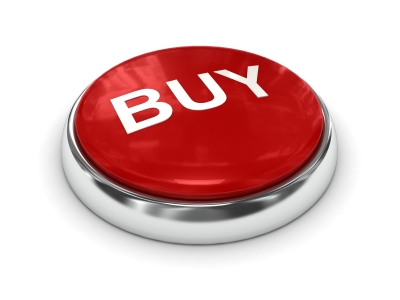The Web has become a marketing bonanza with the potential to reach a massive audience. However, you may only have one chance to make an impression with a site visitor, so make sure to take full advantage of it by including an effective call to action. Calls to action are simple prompts that tell the visitor exactly what they need to do next. For example, “Click get started to schedule your free initial consultation” is a call to action. Calls to action can be used in all of your Web marketing efforts including: on webpages; in 60-second promotional Web videos; and in virtual spokesperson Web videos.
Creating Effective Calls to Action
 In order to be effective, calls to action must be simple, beneficial, and positive. This is true regardless of where you ultimately place the call to action.
In order to be effective, calls to action must be simple, beneficial, and positive. This is true regardless of where you ultimately place the call to action.
- Calls to action must tell the user what action you want the user to take. If your webpage has been created to sell a product, then the call to action needs to tell the user to take an action that will lead to a purchase such as “click for a free quote.” If a Web video is informational, a call to action prompting the user to visit your website for a free information report containing additional information may be in order.
- Calls to action must be simple. No one wants to jump through hoops simply because they watched a Web video or visited a website. Users may be willing to fill out a short survey, comment on your blog, sign up for a newsletter, or order a product, but they may not be willing to write an essay, watch a three-hour presentation, or perform a series of complex tasks just because you say they should. Keep your calls to action simple, and they’ll be more likely to be acted upon. In addition, limit your call to action to just one. Otherwise, if you offer too many calls, your visitors may opt not answer any of them.
- Calls to action must be beneficial to the user. Few users blindly follow calls to action without knowing what’s in it for them. If you want to collect email addresses for marketing purposes, that’s not good enough for most users. On the other hand, users might respond if they’ll get a free report or access to informative articles. Make sure to tell your users how they will benefit by taking the action.
- Calls to action must be positive. While chain letters may work focusing on fears and negative consequences, Web marketing generally doesn’t. Use positive language, ideas, and concepts. For example, which of the following two phrases, “Avoid prison by reading this book” or “Become a better citizen by reading this book,” is positive? While avoiding prison is certainly worth doing, it carries with it a negative connotation (that the user is a potential criminal). Becoming a better citizen is positive and applies to everyone, not just criminals. When crafting your text or dialogue, imagine your users nodding along in agreement. Wouldn’t you rather set your users up to say yes rather than no? By using positive language and keeping your calls to action positive, your users will be more likely to agree with you and follow your lead.
Whether you’re creating calls to action for webpages, 60-second promotional Web videos, or for virtual spokesperson Web videos, tell your users what they need to do and how it will benefit them while also keeping the calls to action simple and positive. Use these techniques in all of your Web marketing efforts and you’re sure to see improved conversion rates.
What are your favorite calls to action? What has worked for you? Join the discussion and explore this in greater detail in the comments section below.













